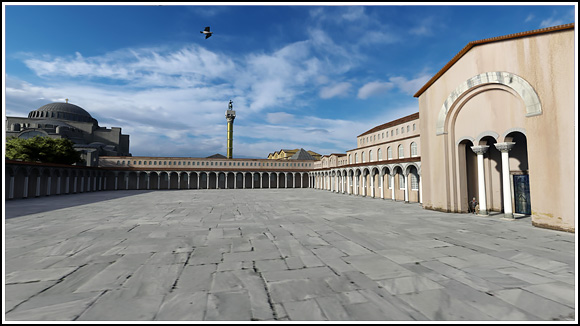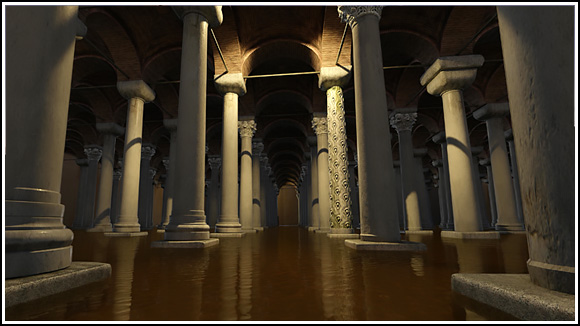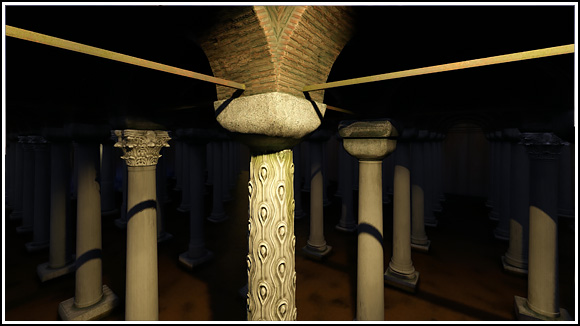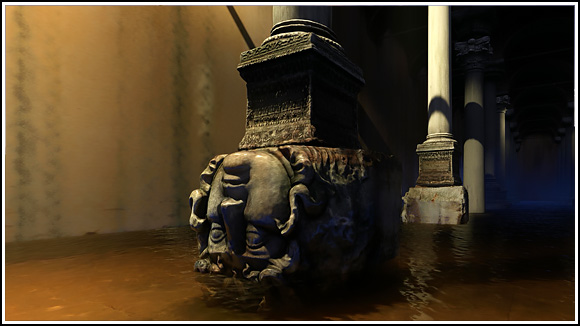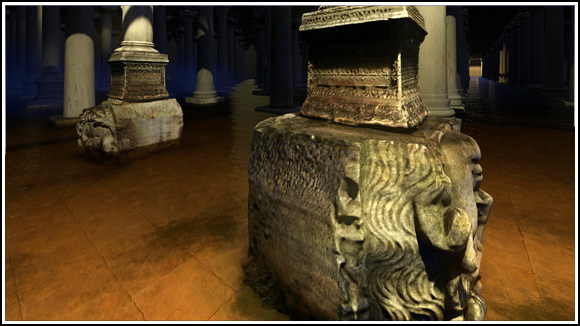


 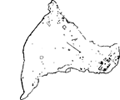 |
Basilica on top of YEREBATAN SARAYI |
 |
 INTRODUCTION
INTRODUCTION
 CONTENTS
CONTENTS
 HIPPODROME
HIPPODROME
 WHAT'S NEW
WHAT'S NEW
 MUSEUM
MUSEUM


 LINKS
LINKS
 AWARDS
AWARDS
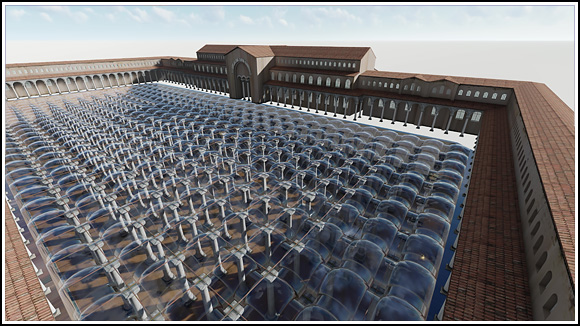
In the old city centre close to Hagia Sophia and the hippodrome there was also a great open courtyard with an attached basilical hall that served as a market place. This courtyard probably goes back to the time of Constantine the Great. In the time of Justinian I the eastern portico was destroyed when the Hagia Sophia burned down in 532. Before this portico was restored, the opportunity was taken to built in a vast cistern under the courtyard with a vaulted roof resting on 336 columns. Whereas the Basilica has disappeared completely, the cistern survives under the name of Yerebatan Sarayi (the Sunken Palace).

